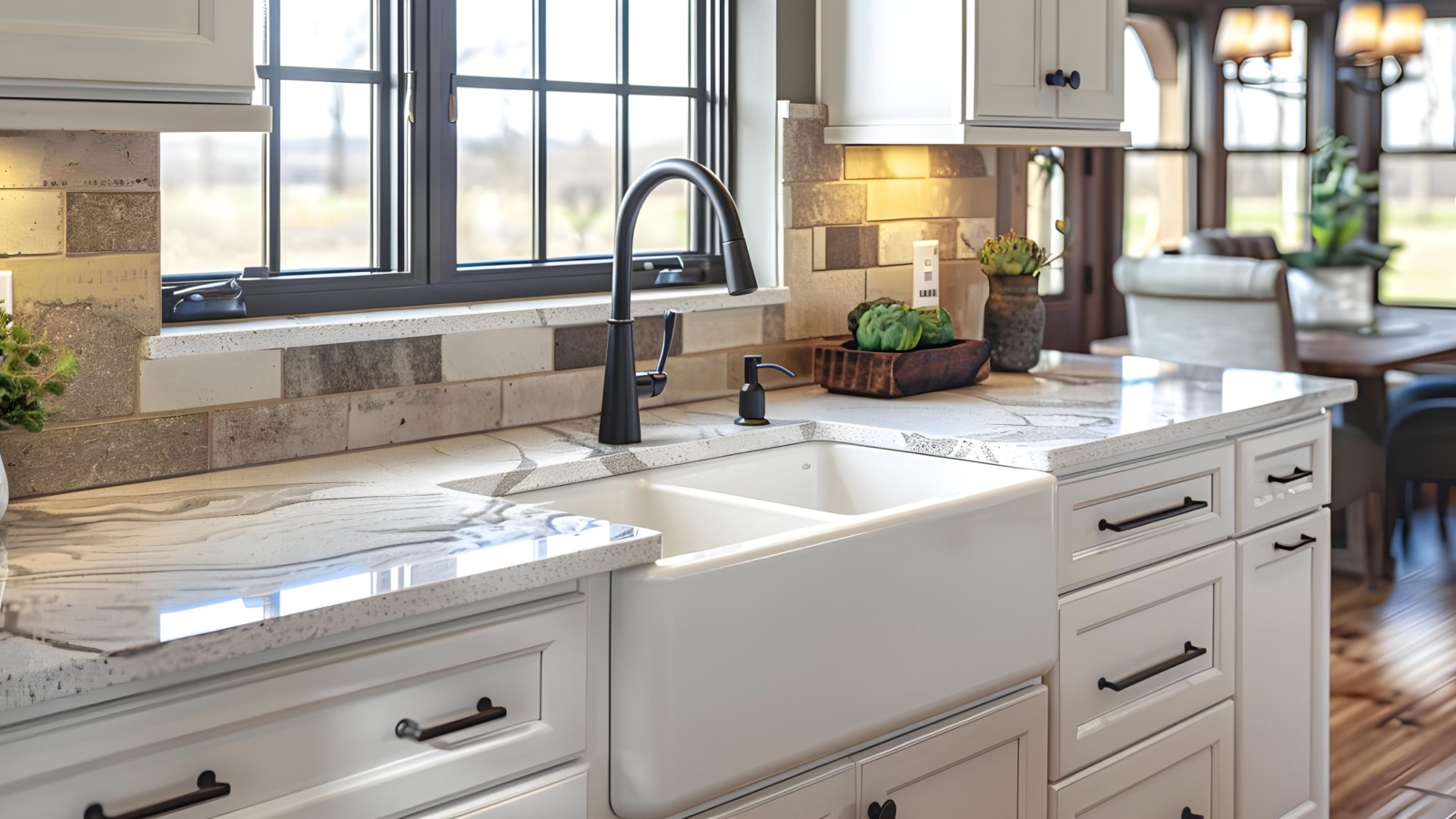When it comes to remodeling a kitchen, the choice of sink is more than a matter of style—it is a central element that influences functionality, workflow, and long-term satisfaction. Among the most common decisions homeowners face is whether to install a single-bowl or double-bowl sink. Each option carries its own set of advantages, drawbacks, and considerations, making it crucial to understand how they align with your cooking habits, household size, and overall kitchen layout. This comprehensive guide explores the key factors in choosing between single-bowl and double-bowl sinks, ensuring you make an informed decision for your remodel.
Understanding the Basics
A single-bowl sink consists of one large, uninterrupted basin. Its simplicity allows for ample space to wash large pots, pans, and baking sheets without obstruction. In contrast, a double-bowl sink is divided into two separate compartments, which can vary in size and configuration. This design enables multitasking, such as washing dishes in one bowl while rinsing vegetables in the other, providing enhanced organizational flexibility for busy kitchens.
Pros and Cons of Single-Bowl Sinks
Single-bowl sinks are often preferred for their minimalist appearance and unbroken workspace. They are especially practical in contemporary kitchen designs where a sleek, streamlined look is desired. Large cookware and oversized trays fit more easily, reducing frustration when cleaning bulky items. Single-bowl sinks also tend to require less countertop space in terms of plumbing layout, making them a suitable choice for kitchens where space is at a premium.
However, this design may limit multitasking capabilities. Washing dishes while simultaneously prepping food can be challenging, and in households that frequently entertain or manage high volumes of dishes, a single bowl may feel restrictive. Additionally, without a secondary compartment for disposal or organization, users may need additional accessories such as colanders or dish racks to compensate.
Pros and Cons of Double-Bowl Sinks
Double-bowl sinks offer remarkable versatility. One bowl can be used for soaking or washing dishes, while the other can handle food prep, such as rinsing fruits and vegetables. This separation enhances efficiency and hygiene, preventing cross-contamination between raw foods and dirty dishes. Double-bowl sinks are particularly advantageous for families or households that cook frequently and require dedicated zones for multiple tasks.
On the downside, the divider can limit the size of pots and pans that fit comfortably, and the smaller basins may require more effort when cleaning large items. Visually, double-bowl sinks may appear bulkier in smaller kitchens, and the additional plumbing can slightly increase installation complexity and cost.
Material Considerations
Beyond configuration, the material of your sink plays a significant role in performance and longevity. Stainless steel remains the most popular choice in American kitchens due to its durability, corrosion resistance, and ease of cleaning. Composite granite or quartz sinks offer a more substantial, tactile feel and can enhance aesthetic appeal, though they may require specialized maintenance. Porcelain and fireclay options provide a classic look but can be prone to chipping or staining over time. The material choice should complement not only the sink style but also your countertop, faucet, and overall kitchen design.
Workflow and Ergonomics
When evaluating single versus double bowls, consider the ergonomic impact on your kitchen workflow. In larger kitchens or open-concept layouts, a single-bowl sink may facilitate easier movement around the countertop. Double-bowl sinks, meanwhile, can help compartmentalize tasks, reduce clutter, and keep prep and cleanup separate. The height, depth, and positioning relative to dishwashers and prep zones also play a role in long-term comfort, especially in homes where multiple people share kitchen responsibilities.
Modern Accessories and Customization
Many modern sinks—both single and double—offer customizable features that enhance functionality. Cutting boards, colanders, drying racks, and integrated drain systems can transform your sink into a multifunctional workspace. Some double-bowl designs include unequal-sized compartments, allowing larger items to fit on one side while leaving the other for smaller prep tasks. Thoughtful integration of these accessories can mitigate some of the limitations inherent to each sink type, giving homeowners the best of both worlds.
Aesthetic and Design Impact
From a visual perspective, the choice between single- and double-bowl sinks can influence the overall aesthetic of your kitchen. Single-bowl sinks offer a clean, uninterrupted appearance, which complements modern, minimalist, or industrial designs. Double-bowl sinks, particularly those with farmhouse or apron fronts, can add a traditional or functional charm. Consider how the sink interacts with countertop materials, backsplash finishes, and cabinet styles to ensure a cohesive and harmonious design.
Making the Right Choice for Your Home
Ultimately, the decision between single-bowl and double-bowl sinks depends on your lifestyle, kitchen usage, and design preferences. Single-bowl sinks are ideal for those who prioritize simplicity, open space, and washing larger items with ease. Double-bowl sinks excel for multitasking households, family-oriented kitchens, and those who appreciate dedicated zones for prep and cleanup. By carefully weighing the functional and aesthetic factors outlined above, homeowners can select a sink that not only complements their kitchen remodel but also enhances daily living for years to come.
Conclusion
Choosing the right sink is more than a practical decision—it is a key element that shapes the efficiency, style, and enjoyment of your kitchen. Understanding the differences between single-bowl and double-bowl sinks, along with material options, ergonomic considerations, and design impact, allows homeowners to approach their remodel with confidence. Whether your priority is sleek modernity or functional versatility, selecting the right sink ensures your kitchen remains a space that is both beautiful and highly practical, meeting the demands of contemporary American households.

